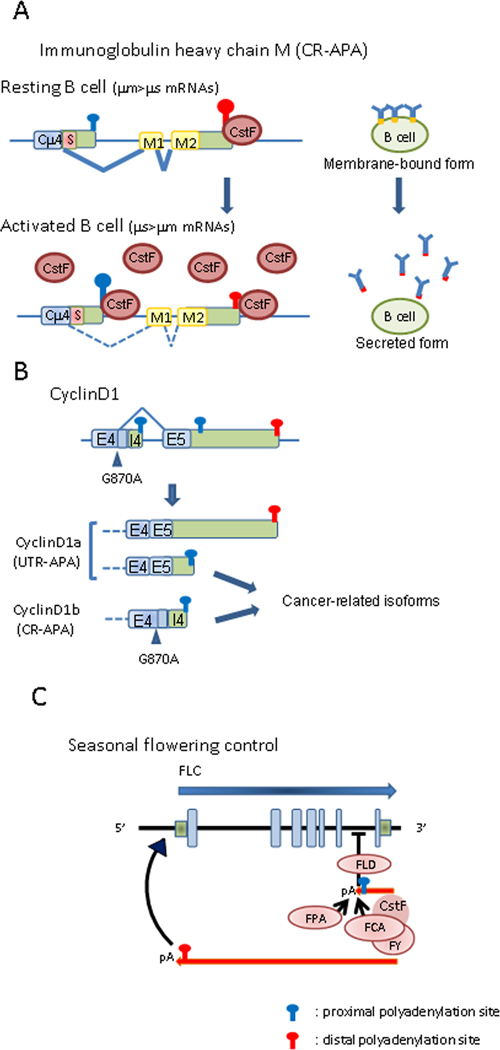Figure 3. Examples of gene regulation by APA.
(A) The immunoglobulin heavy chain M gene is partly shown; a constant regions (Cμ4) is shared by both µm and µs mRNAs, while exons M1 and 2 (yellow boxes) and S (red boxes) are specific to µm and µs mRNAs, respectively. In resting B cells, the amount of CstF is limiting, and the distal poly(A) site, which binds CstF more avidly, is preferentially used, resulting in production of the membrane-bound form of IgM (µm). In activated B cells, the concentration of CstF is elevated and no longer limiting, so the proximal, first transcribed poly(A) site is preferentially selected, leading to production of secreted-form IgM (µs). Additional factors, such as the transcription factor Ell2 (see text), may also contribute to the switch. (B) CyclinD1 is subject to both UTR-APA and CR-APA. Two major isoforms are created by CR-APA: cyclin D1a (full-length isoform) and cyclin D1b (truncated isoform). The truncated isoform is associated with a polymorphism at the end of exon 4 (E4) (G870A, arrowhead), resulting in increased usage of the poly(A) site located in intron 4 (I4). This isoform is retained in the nucleus and is associated with increasing transforming capability. UTR-APA of CyclinD1 leads to increased usage of the weak proximal poly(A) site in cancer cells generally, or in the usage of a newly mutational-derived proximal poly(A) site in Mantle Cell Lymphoma. In both, mRNAs with shorter 3’UTRs are generated. Light green boxes, untranslated regions; blue light blue boxes, shared coding regions; lines, introns. (C) Seasonal flowering control by antisense-RNA transcript. FPA and FCA promote selection of the proximal poly(A) site of an antisense transcript that initiates downstream of the FLC gene (red arrows) by stimulating 3’ end formation at that site. 3’ end processing at the proximal poly(A) site recruits the histone demethylase, FLD, which induces histone modifications on internal nucleosomes that result in silencing the sense FLC transcript (blue arrow). In the absence of FPA and FCA, the distal poly(A) site of the antisense transcripts is selected. This may facilitate the recruitment of positive transcription factors to the FLC promoter, resulting in activation of FLC transcription.

